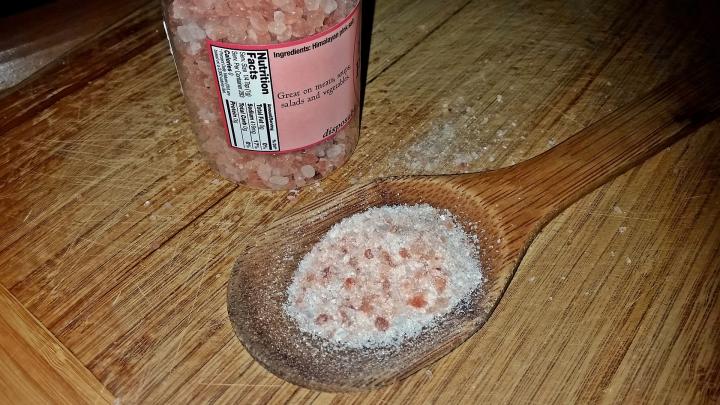
How to Use Six Great Salts (In Moderation)
ADVERTISEMENT
Table Salt: Commonly used for cooking, baking, and seasoning food.
Kosher Salt: Coarser grains, used for koshering meat and general seasoning.
Sea Salt: Derived from seawater, it retains minerals and imparts a distinctive flavor.
Himalayan Pink Salt: Mined from the Himalayan region, used in cooking and as a finishing salt for its mild flavor and aesthetic appeal.
Black Salt (Kala Namak): Used in Indian cuisine for its unique sulfurous flavor.
Flavored or Infused Salts: Various salts infused with herbs, spices, or other ingredients to add additional flavors to dishes.
In your article you refer to southeast asia as the producer and main user of black salt, It is INDIA you are referring to and it is SOUTH ASIA, NOT southeast!
Thanks for the information. Very interesting. My wife tends to over-salt everything. More is definitely not better !
hi, Himalayan salt is a natural ingredient we can use Himalayan salt for different purposes in our daily routine. here 786 enterprises provide Himalayan salt with their natural taste.
Good post. I learn something new and challenging on sites I StumbleUpon every
day. It’s always helpful to read through articles from other writers and practice a
little something from other websites.
Thank you for featuring this article. A trusted Naturopath says to use Celtic salt, meaning from the Celtic Sea. It's highly expensive so I've had regular sea salt but am concerned about the toxic waters these days too. Mainly using pink salt and some black - yes, it's stinky.
There is Iranian salt also. I've been trying to get one of the Persian salt lamps for a
long time.
If you have high blood pressure like myself, it's best to leave the salt alone! you can cook with herbs and spices. there is several different flavors of Mrs. Dash on the market now along with other things for flavor. I also like cooking with salt free beef and chicken broth. Adds a ton of flavor.
There's another kind of salt to add. "Iodized and Plain Salt" (which doesn't contain Iodine). I'm allergic to Iodine and when I eat it (or put too much on my food) I start turning red all over my chest, stomach and back. (I'm not supposed to eat shrimp which contains a lot of Iodine, but I do still eat it). As a kid growing up, after "eating", I'd start turning red on my abdomen. Dr.s' finally figured it out and said "No More Salt " with Iodine and told Mom to use "PLAIN SALT" instead. I stopped turning red after that. Ever since then, I've had to make sure it was plain salt or use just a little bit or not at all. So "PLAIN AND IODIZED SALT" are another "2 Different" kind of salt. Thought readers that are also allergic to Iodine can still enjoy salt on food without worrying about getting sick or a rash from the Allergy.
Iodized salt does not contain iodine. It contains iodide. Different substance.









